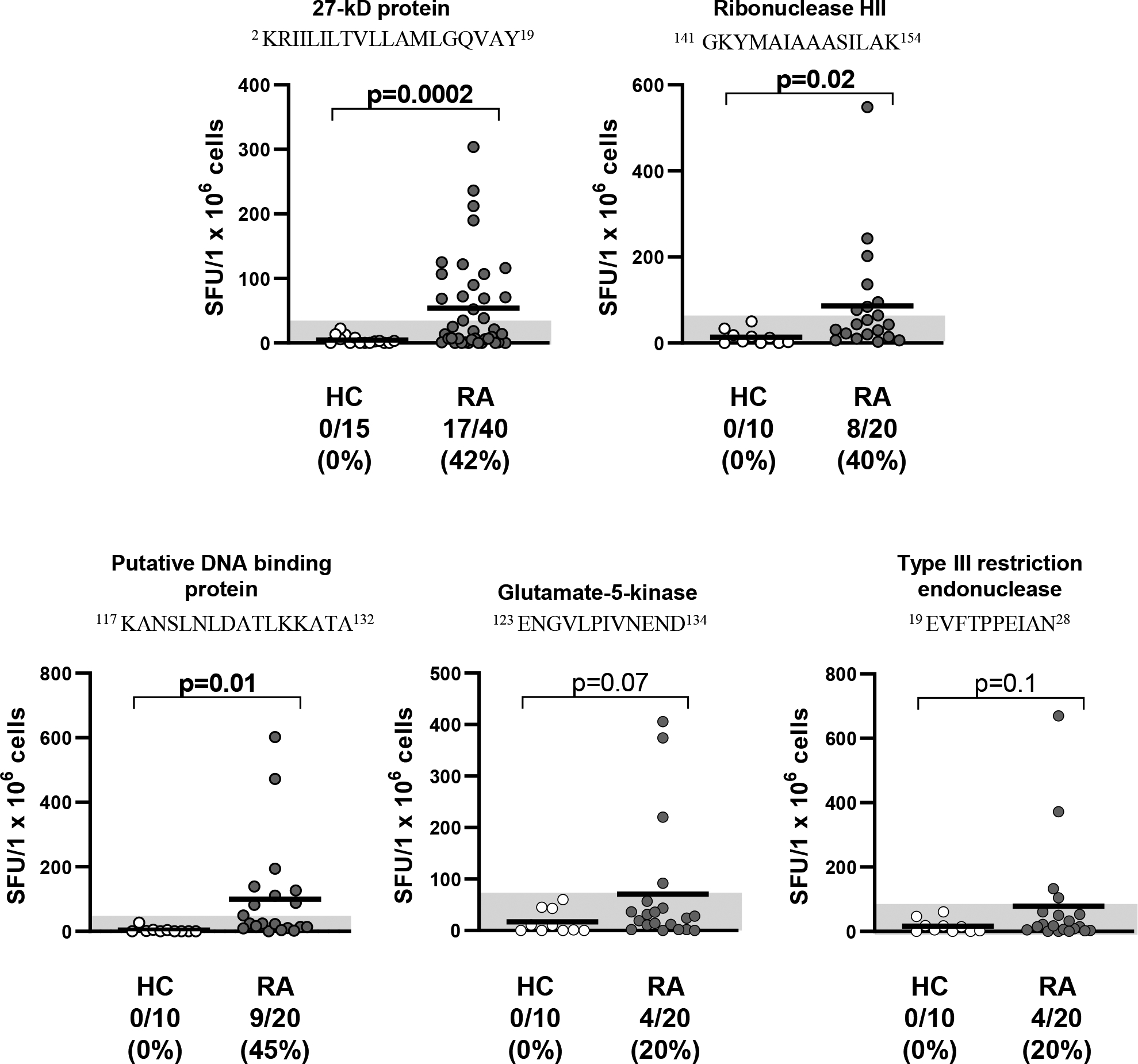Figure 1. T cell responses to P. copri HLA-DR-presented peptides in RA patients.

Five peptides derived from 5 P. copri (Pc) proteins were synthesized and used to stimulate PBMC from RA patients by IFN-γ ELISpot assays. Using TEPITOPE, the Pc-p27, Pc-ribonuclease HII, and Pc-DNAbinding peptides were predicted to be promiscuous binders of ≥20 of the 25 HLA-DR molecules modeled in the program. The predicted binding of the Pc-glutamate-5-kinase and Pc-type III restriction endonuclease peptides was restricted primarily to DRB1*04 molecules. The superscript numbers around each peptide sequence show the location of the amino acids within the source protein. The horizontal bar represents the mean value, and the grey area shows >3SD above the mean value in healthy control subjects (hospital personnel). The groups were compared using unpaired t test with Welch correction. SFU = spot forming units per 1 × 106 cells. RA = rheumatoid arthritis, and HC = healthy controls.
